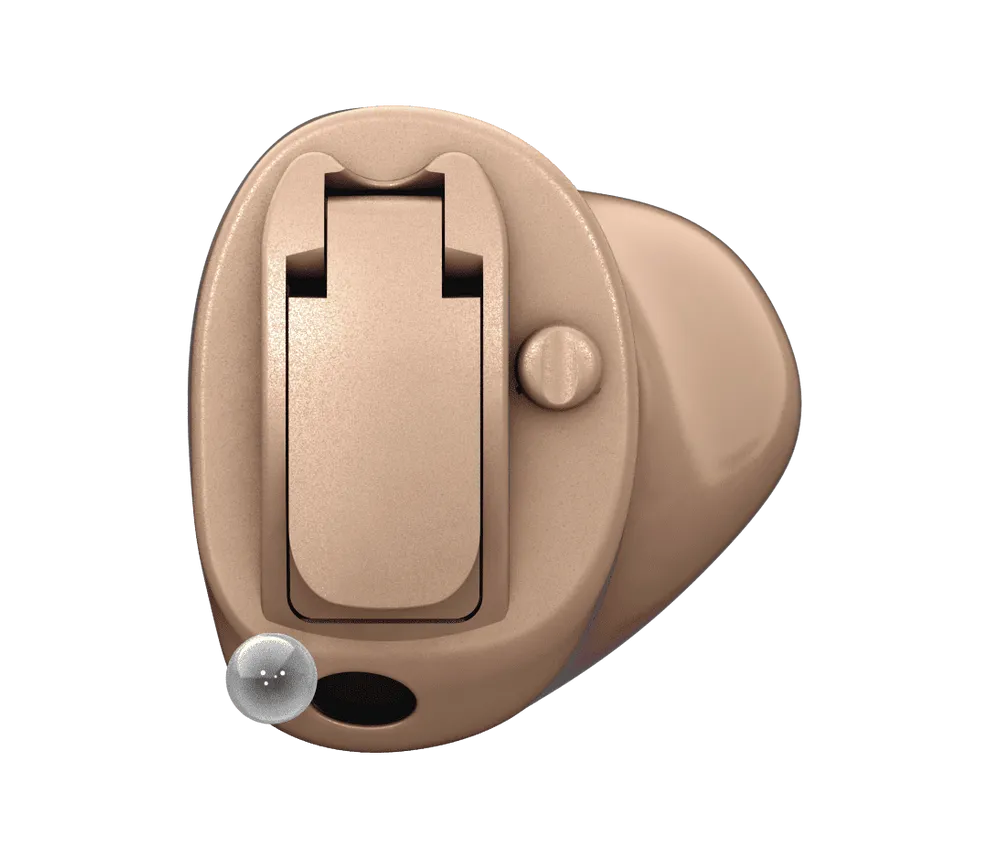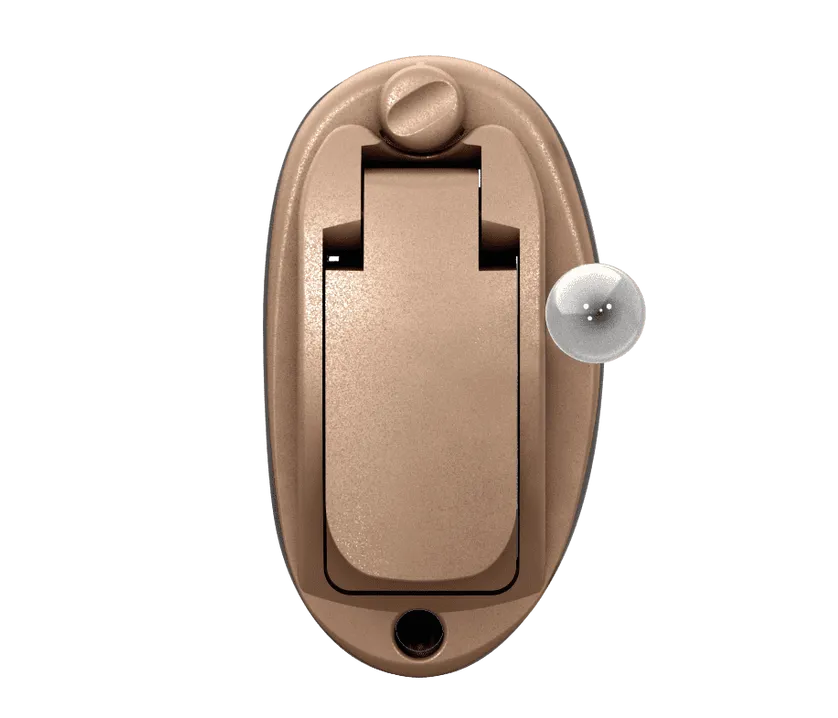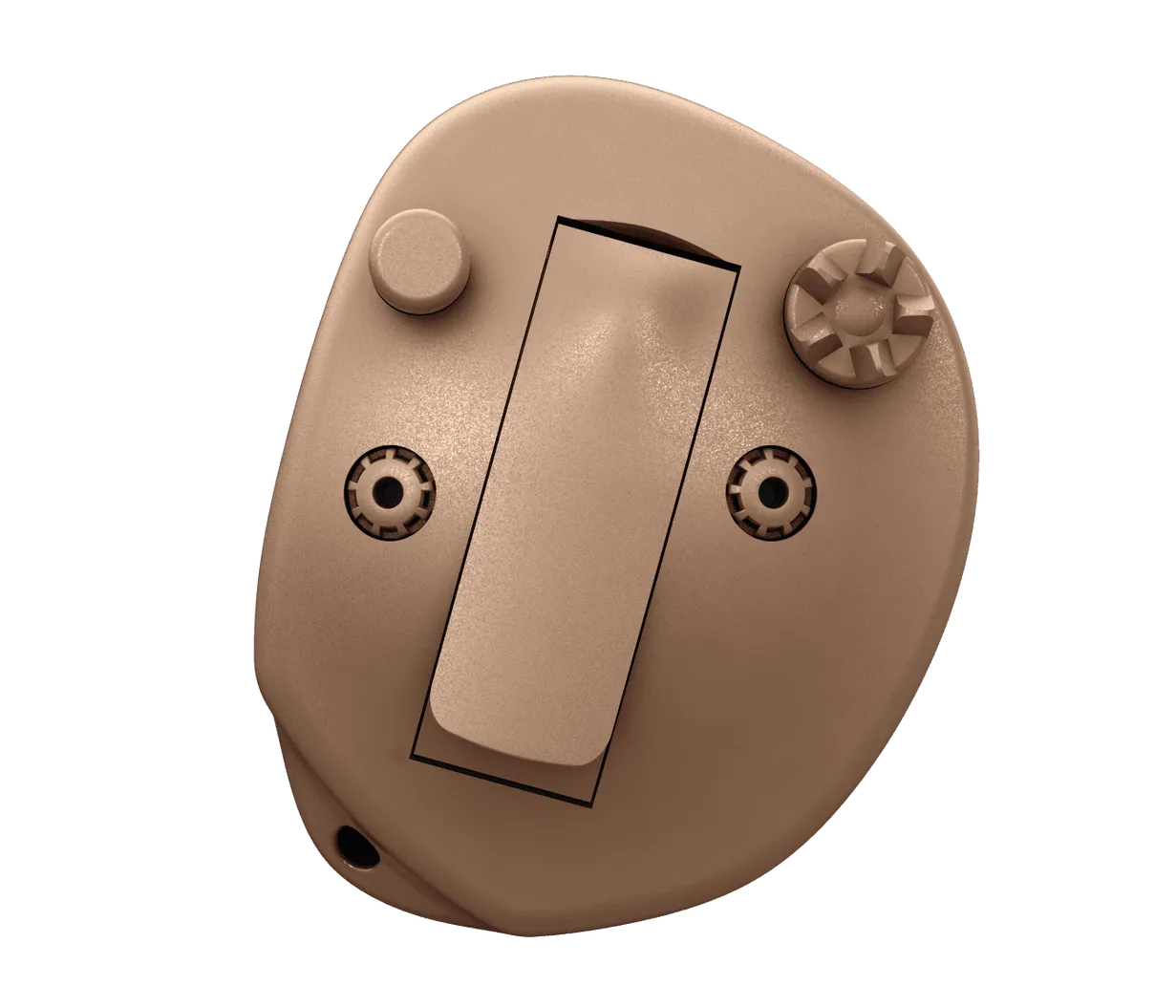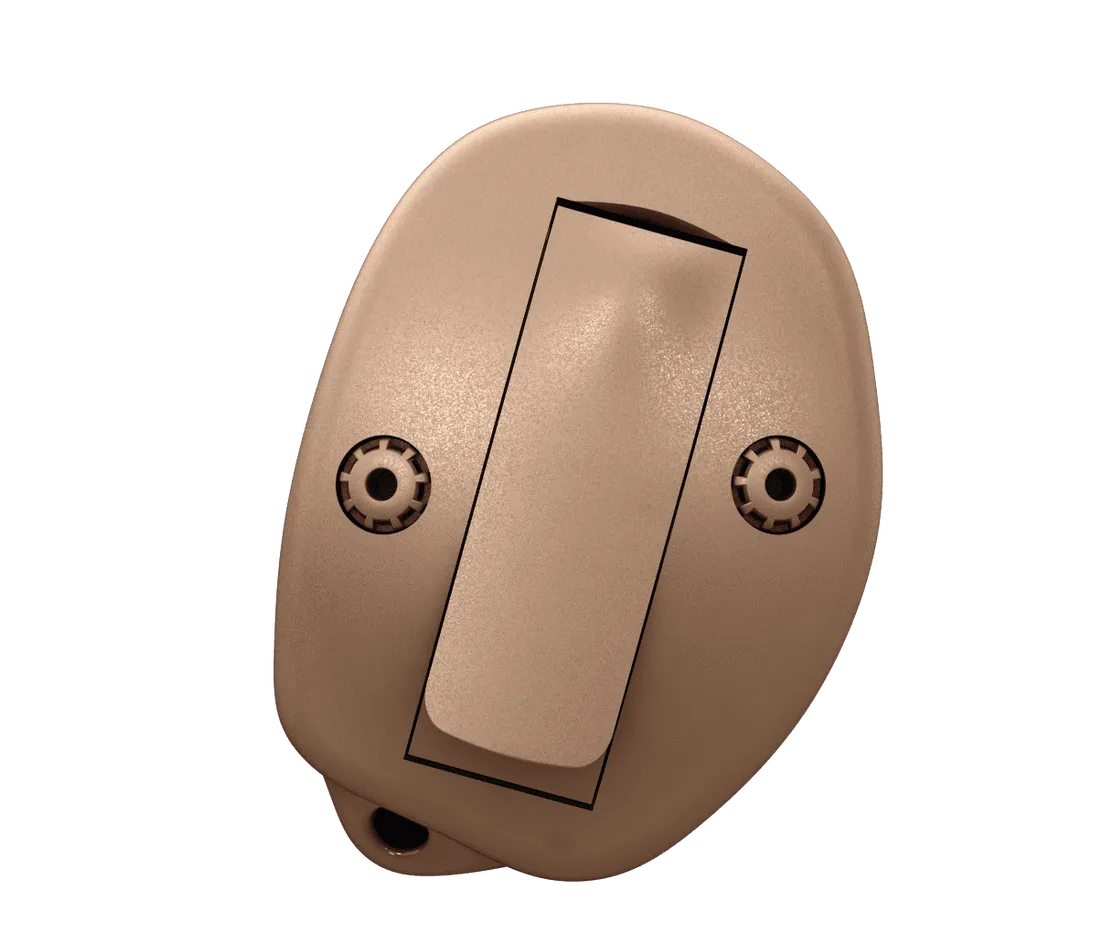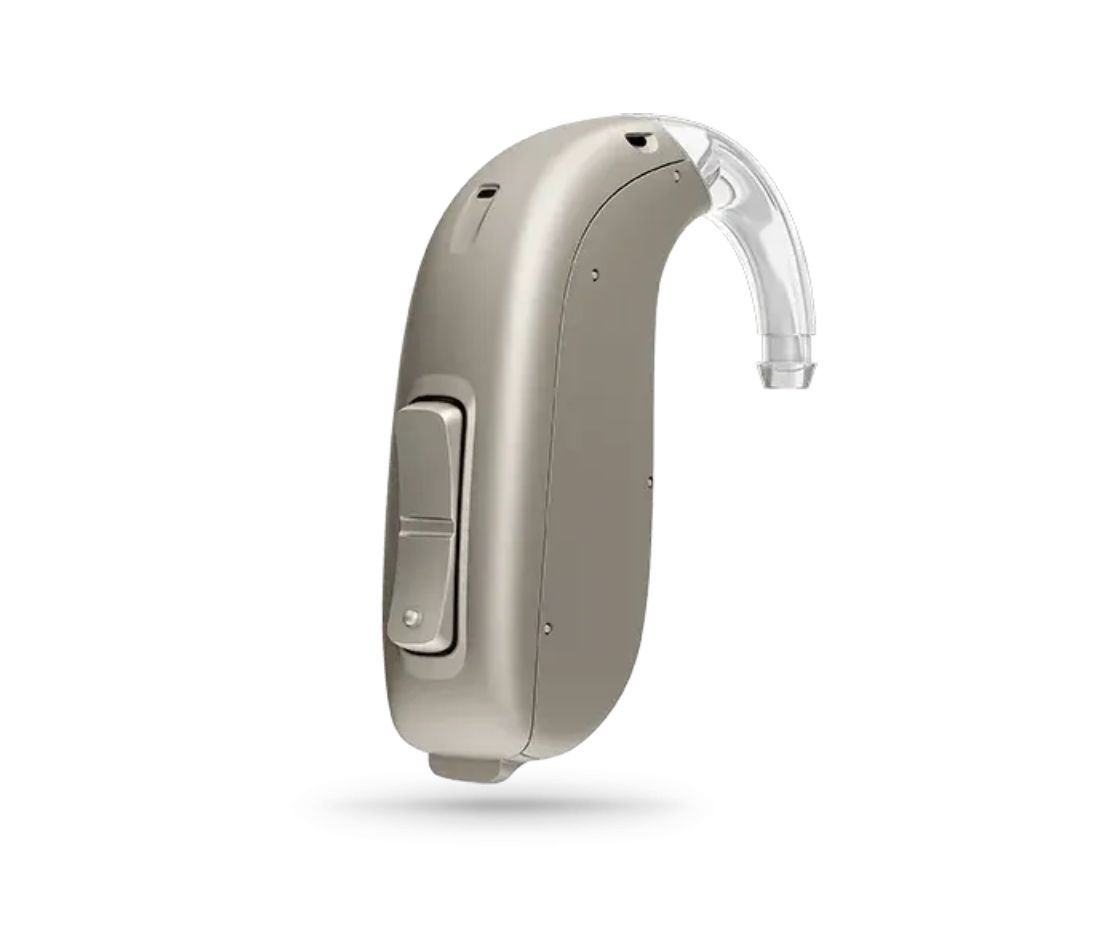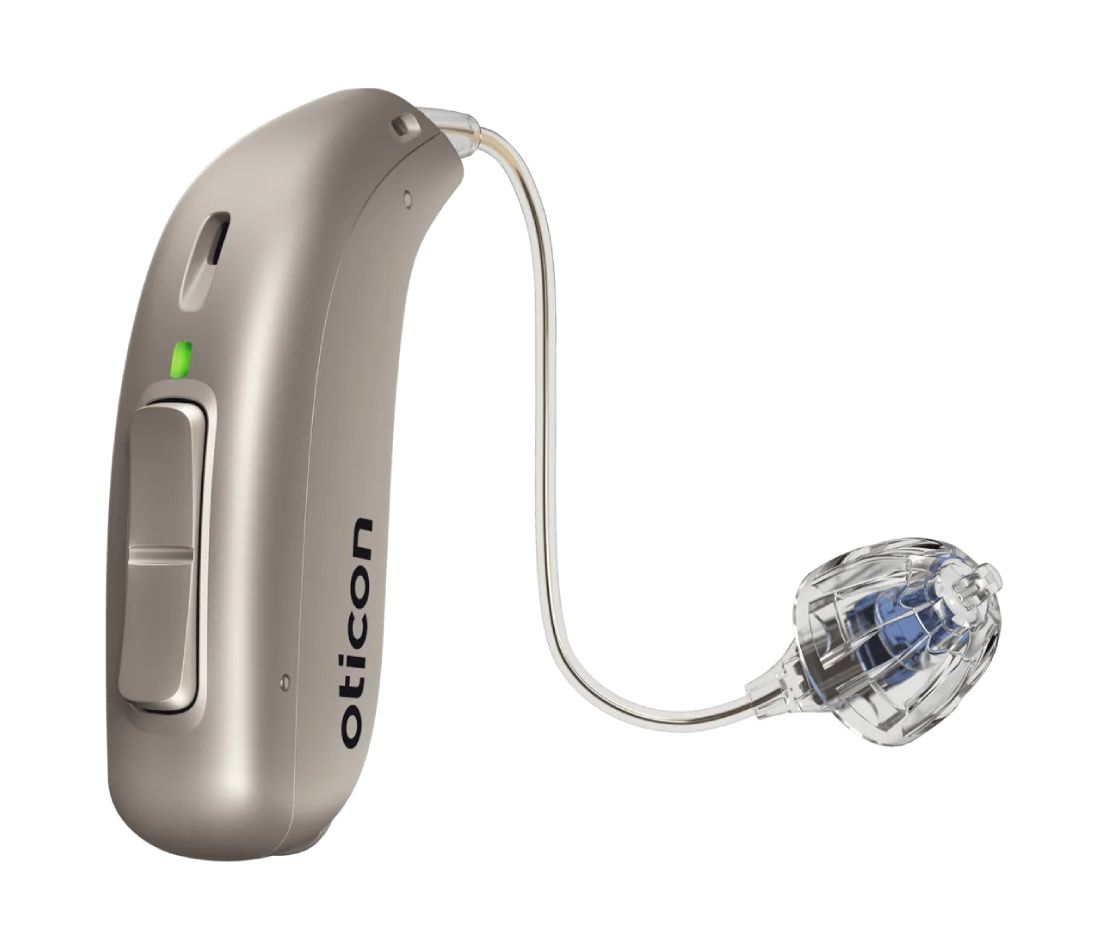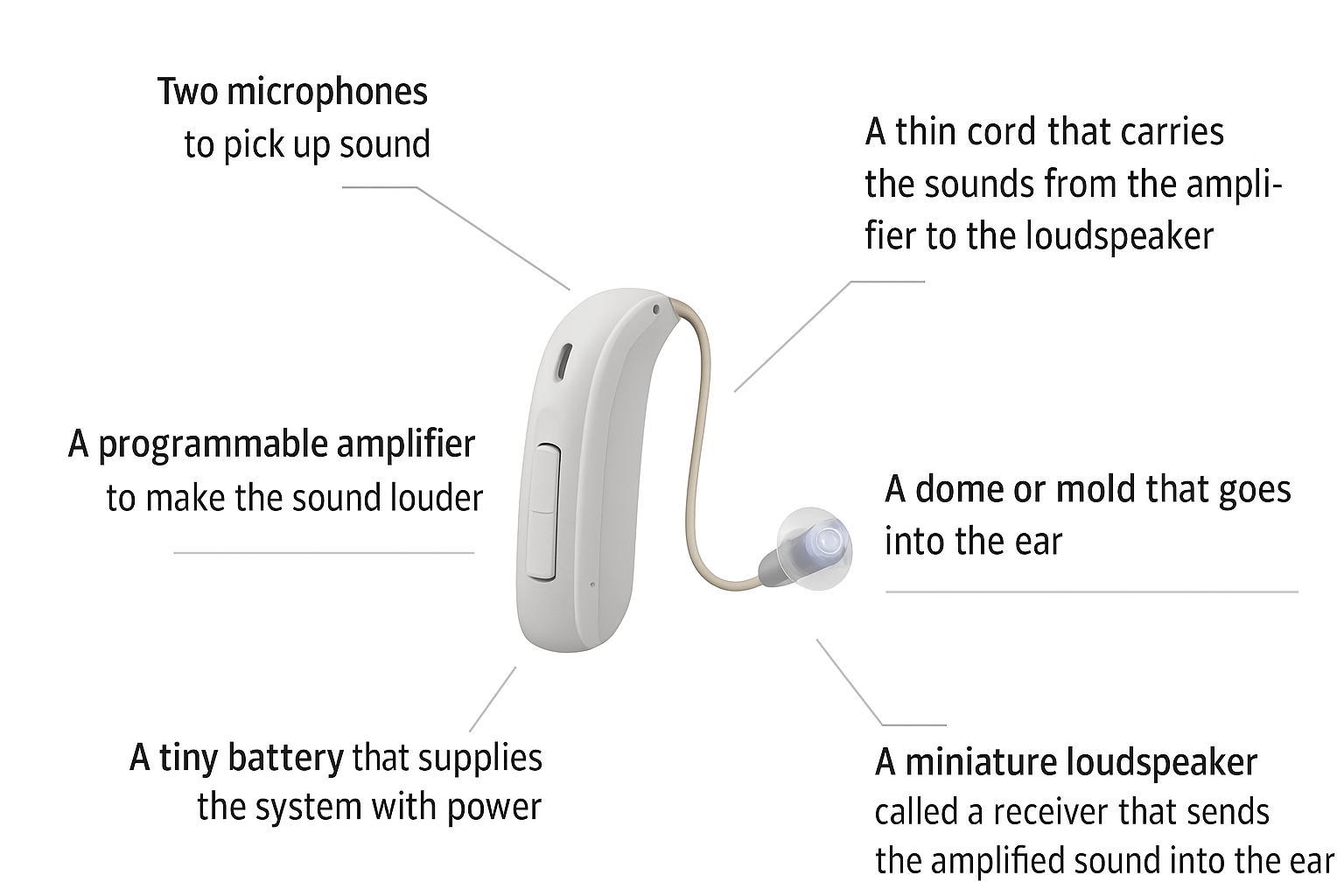At House of Hearing, we take pride in providing the latest and most innovative hearing aid technology to cater to diverse hearing impairments and budgets. Our clinic offers a wide selection of modern, sleek, and barely noticeable hearing aids designed to meet your unique needs and preferences.
Whether you seek discreet in-the-ear styles or behind-the-ear models with advanced features, we have the perfect hearing aids to enhance your hearing experience. Our audiologist will work closely with you to understand your specific hearing challenges and lifestyle, ensuring a personalized recommendation that fits seamlessly into your daily routines.
Experience the joy of clear and vibrant sounds with our top-of-the-line hearing aids that combine cutting-edge technology with comfort and style. With our expert guidance and exceptional service, we aim to help you reconnect with the world around you and confidently embrace life’s precious moments. Don’t let hearing loss hold you back. Contact us to schedule a consultation and embark on your journey to better hearing.



